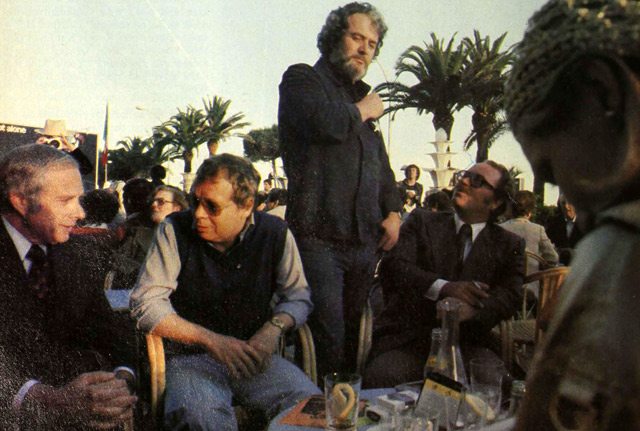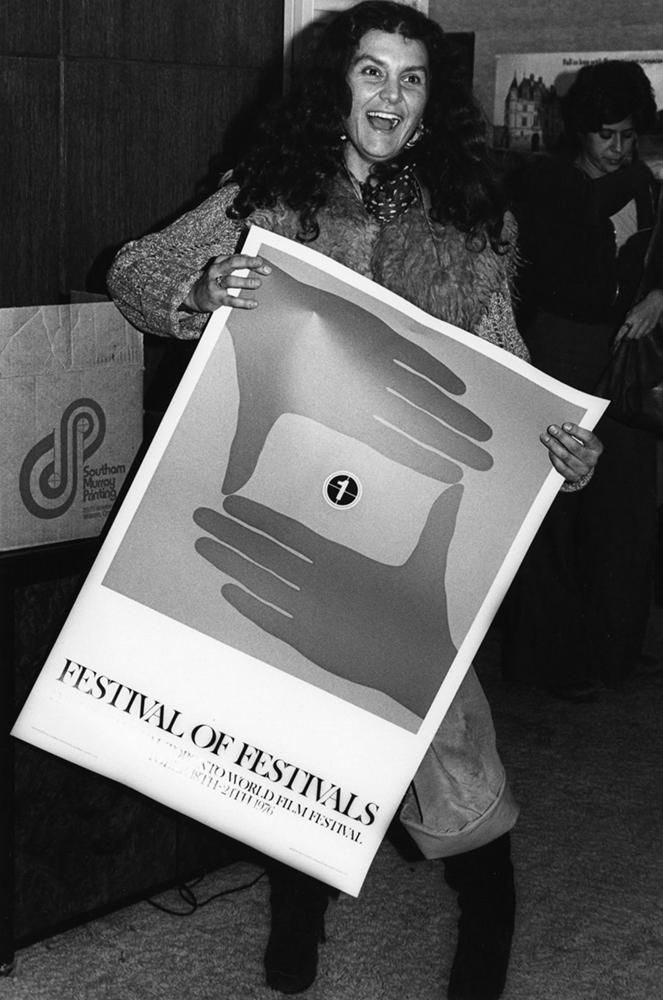A Toronto festival features content from Black creators in film, music and spoken word
By: Gabriel Hilty
Opening night was hosted at the Isabel Bader Theatre, in Toronto. Prior to the film screening, the festival featured speeches from sponsors and the festival founder Fabienne Colas. (Gabriel Hilty/CanCulture)
In Canada and the West, the first thing associated with cinema is often Hollywood, an industry that has a glaring lack of diversity. This disparity is highlighted by statistics of lead figures in top-grossing movies and industry events like the Oscars that are routinely criticized for celebrating whiteness over talent.
That’s where the Toronto Black Film Festival (TBFF) comes in, with its organizational mission to “develop the independent film industry and to promote more films on the reality of Black people around the globe.”
From on-screen to behind the cameras and to the newsrooms covering events, the spaces allotted to those in the film industry are claustrophobic to marginalized communities, a reality that TBFF aims to change.
In contrast to the Toronto International Film Festival (TIFF) and its celebration of large-scale and indie films, the Toronto Black Film Festival envisions itself showcasing Black films and “creating a space to debate major cultural, social and socio-economic issues.”
The festival returned to Toronto from Feb. 15 to 20 in its comeback from pandemic restrictions that forced it to take place online for two years.
Its schedule featured 125 film screenings, musical and spoken word performances, along with discussion panels on Canadian film.
In the array of dozens of film festivals in Canada and the world, TBFF stood out, emerging from the predominantly white spaces film festivals usually find themselves in.
Inclusive programming, support for the next generation of Black filmmakers and the powerful content featured front and centre are some of the ways TBFF creates an inclusive path for underrepresented artists.
Digital innovation
The festival website prominently advertised the online access pass to its programming. (Screenshot via www.torontoblackfilm.com/all-access)
Accessibility was a forefrontal thought for the TBFF organizers. While governments and many individuals have decided to move past pandemic protections like masking and proof of vaccination, the festival organizers recognized that this may not work for everyone.
Familiar from pre-pandemic times, the in-person-only approach that has made a slow return to the community isn’t suited for disabled people, immunocompromised people and others who take precautions and avoid large indoor venues with mask-free crowds.
In order to accommodate those wary of in-person events, TBFF hosted an online access pass alongside its in-person programming.
The online access included most of the festival’s content at a slightly reduced price compared to a regular all-access ticket.
Andrea Este, the head coordinator of TBFF, talked about the festival’s plan for hybrid access methods in the future.
“Our first in-person hybrid festival was the Calgary Black Film Festival in 2022, and we’ve decided that going forward, we will always keep the online component to give more people access to these films” Este said.
TBFF’s decision to continue offering virtual access is a model for what other festivals and events can provide, especially with the knowledge gained in online video technology early in the pandemic — which gives little excuse not to offer alternative ways to access content.
Opportunities for the next generation
Andrea Este speaking about the Being Black in Canada program before screening the short films created within the program. (Gabriel Hilty/CanCulture)
Advancing Canadian talent in the film industry is another area where TBFF has a unique approach that stands out, dedicating a whole night of programming to emerging Black Canadian filmmakers.
The filmmakers at TBFF are highlighted through the Being Black in Canada program.
The program, founded by TBFF creator Fabienne Colas and her namesake foundation, is “Canada’s largest mentorship & training program for Black filmmakers,” according to their website.
Every year, it mentors around 30 young Black filmmakers from across major Canadian cities.
At the opening ceremony, Fabienne Colas talked about the role of the festival and its programming in the Canadian film landscape.
“We want to continue to showcase exceptional work that doesn’t always make it to the silver screen by giving a voice to the marginalized and fostering the development of independent film,” Colas said.
After the creation and production in the program, the short films developed by the filmmakers screen at TBFF in a fantastic collection and showcase of talent.
With a runtime of approximately 10 minutes, each filmmaker only had a short timeframe to highlight their work and creative talent in their films.
This challenge was tackled differently in each of the films, with some keeping focus on one subject for the whole duration and others choosing to split time by giving shorter insights into the stories of multiple interconnected issues, all part of a larger theme.
Sync, a film by Hilary Etomo Mba, focused on the concept of non-romantic love. The film features three duos, each having conversations on the value of their love for each other outside of the traditional romance-linked definition of the word.
Various techniques used by Mba allow the film to be creative in spite of the short timeframe.
The use of different groups of people allowed her to capture a variety of voices and settings within the film’s time parameters, and the predominantly used ‘fly on the wall’ perspective enabled intimate insight into the personal discussions of the film’s main subjects.
The topics of Sync and the other short films were unique, often reflecting the background and experiences of the filmmakers, and the whole array of films displayed creativity and diversity of ideas.
Topics ranged from important, often swept under the rug, subjects like sex-work to intimate conversations about Autism spectrum disorder (ASD) and profiles on local Black businesses.
Content: Not Shying away from important issues
Film director Matt Waldeck (left) and narrator and main subject Rickey Jackson (right) speaking in a Q&A after the opening night screening of their film Lovely Jackson. (Gabriel Hilty/CanCulture)
Centrepieces at film festivals, like the opening and closing films, are important; they can set the tone for the whole festival and send a message about the values of the event and what it wants to highlight as important.
To select these critical films and create the right impact, the preparation behind the scenes is a process that goes far beyond the days leading up to the opening night.
Este said that elements like discussions on topics, selecting people to invite and going through applications submitted to the festival start around three months in advance.
“They go through the process of watching all of the submitted films,” she said, detailing the selection process done by the festival’s programming team.
After this, Este said that the team makes the decisions on which films make it into the final schedule based on collective discussions.
This year, TBFF opened in the Isabel Bader Theatre with the film Lovely Jackson, directed by Matt Waldeck.
A deeply personal story released in 2022, Lovely Jackson is a feature documentary on the story of Rickey Jackson, the man who served the longest wrongful incarceration in the United States.
The film takes a different approach from more traditional true crime documentaries: rather than centreing the story on a crime or a killer told from a third-person perspective, such as detectives who worked on the case, the main figure in Lovely Jackson is Rickey Jackson himself.
A powerful statement as the opening film of TBFF, Lovely Jackson puts a spotlight on the continued problems in the judicial and carceral system Jackson encountered during his nearly 40 years of imprisonment, and the same militant systems that remain intact today.
It touches on topics including systemic injustices and systemic racism through a first-person recount, along with themes of friendship and Jackson’s capacity for forgiveness.
The wider release of Lovely Jackson after it finishes its festival tour is yet to be announced.
The Toronto Black Film Festival: A powerful event
TBFF highlights some of Canada’s diversity that other festivals and the film industry as a whole need to incorporate, and gives opportunities to the next generation of Black Canadian creators.
With a lineup of events beyond just film screenings, including live music performances and open discussions with experts in the Canadian film industry, TBFF creates a comprehensive approach to inclusivity across multiple mediums.
As a part of its itinerary, TBFF doesn’t shy away from featuring more complicated and sometimes divisive topics, with this year’s opening film Lovely Jackson touching on systemic injustices and problems within the judicial and carceral institutions.
TBFF is a must-see event for everyone when the festival returns in 2024 for its 12th edition.






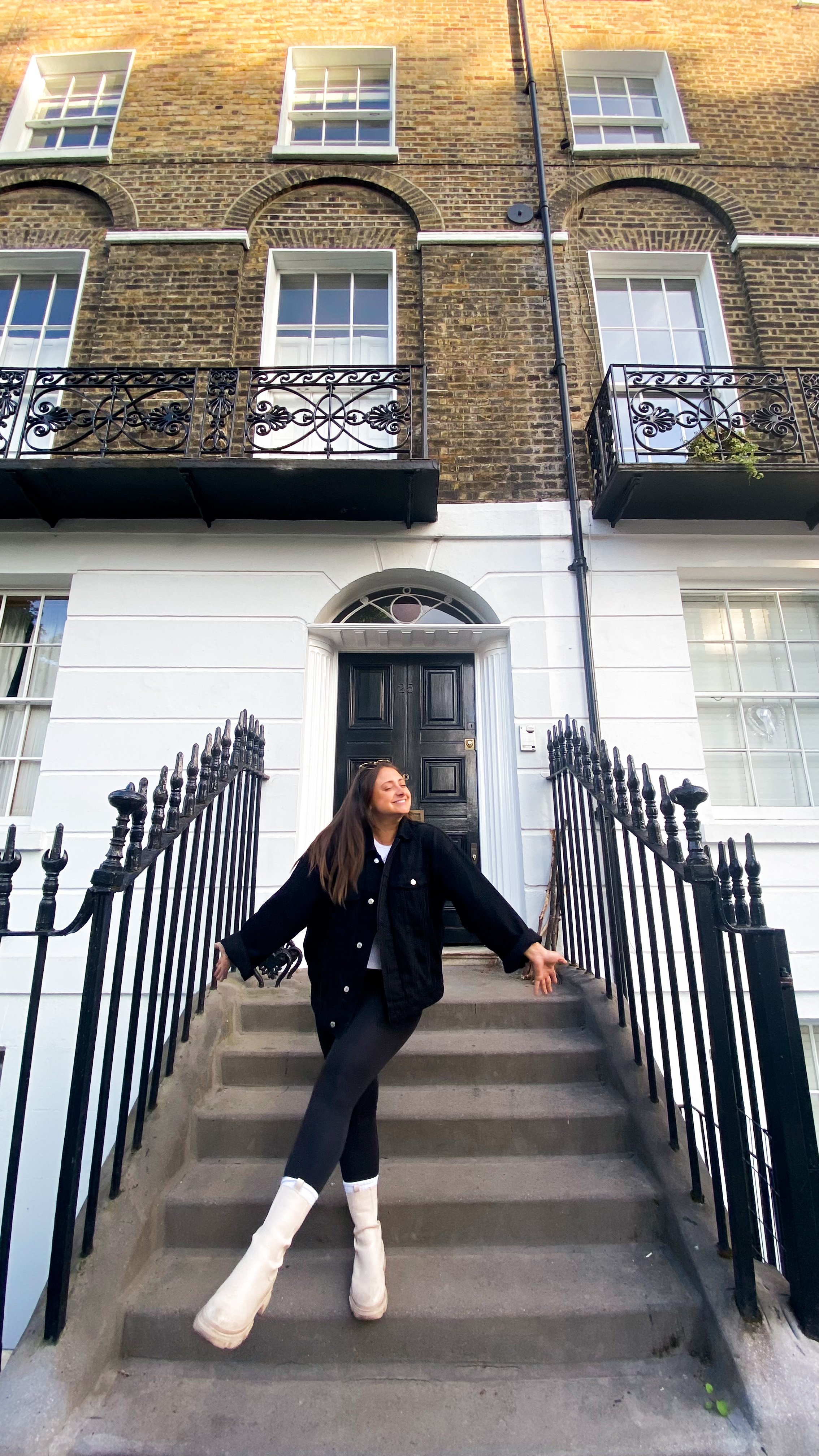

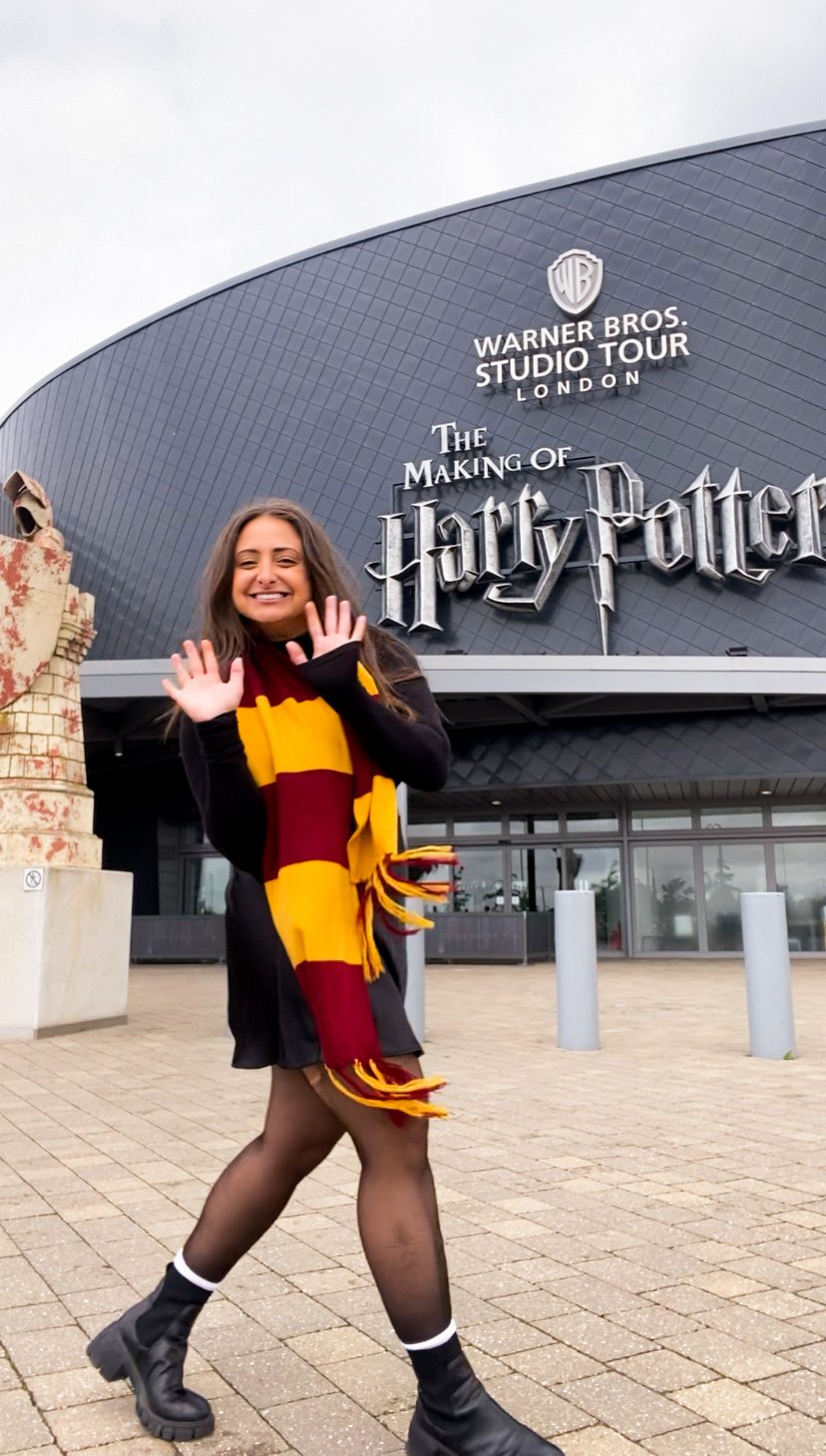






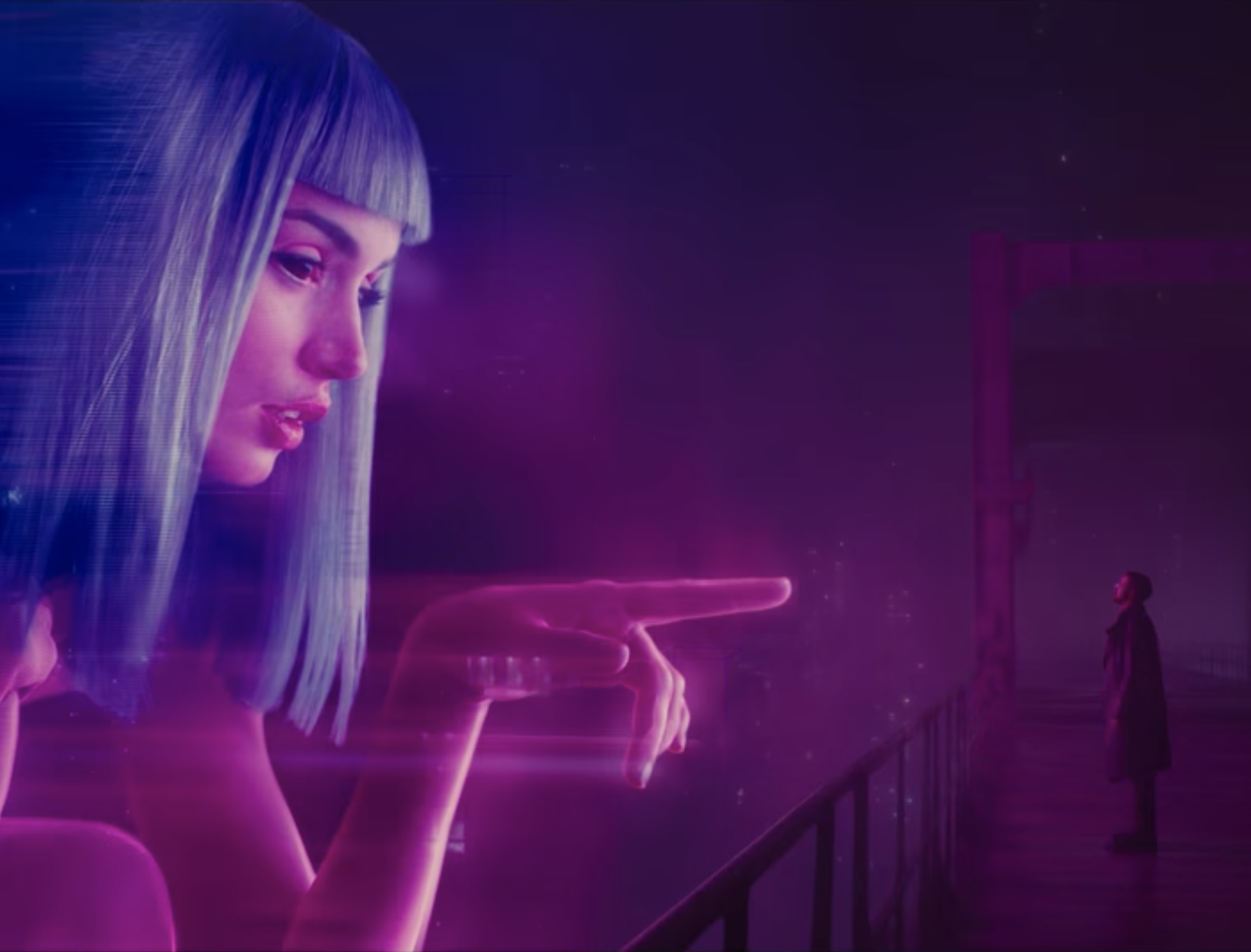

 By: Urbi Khan
By: Urbi Khan

